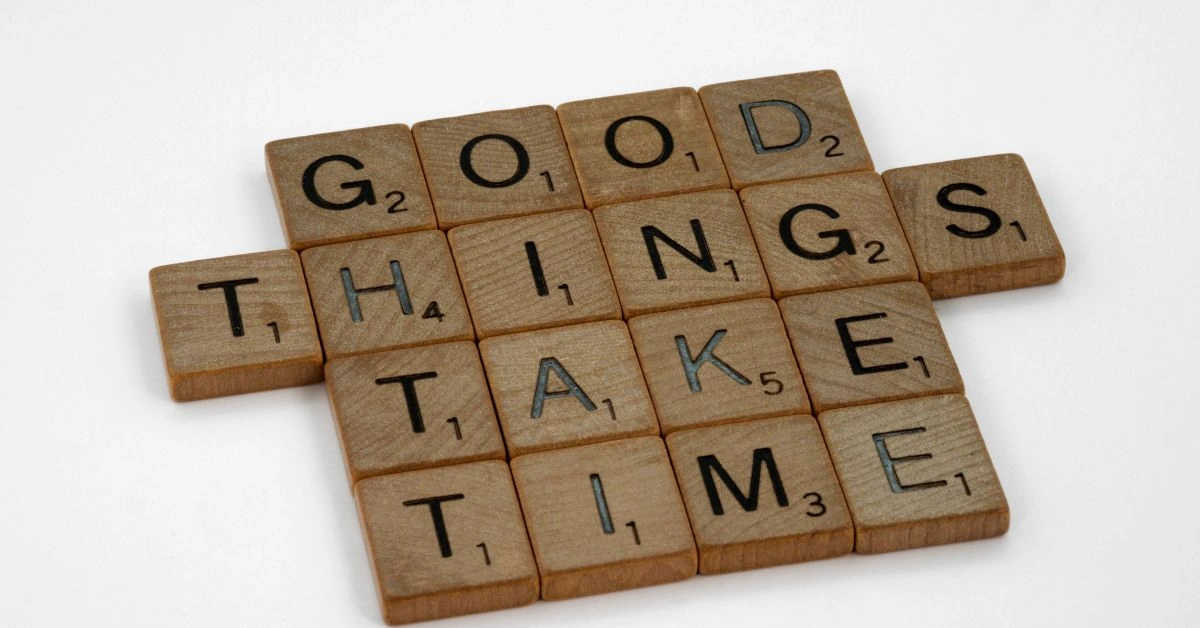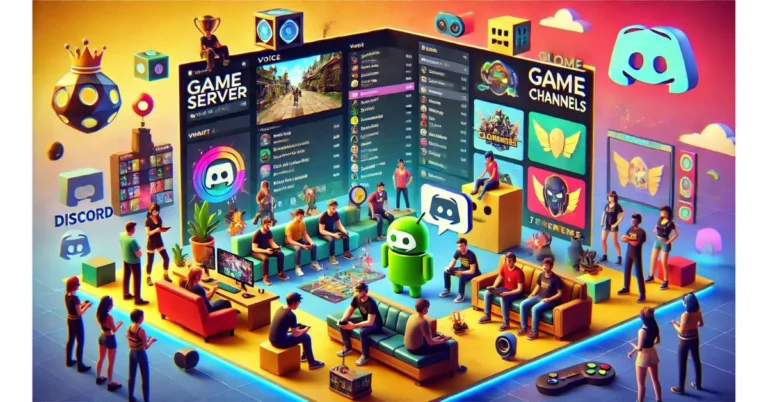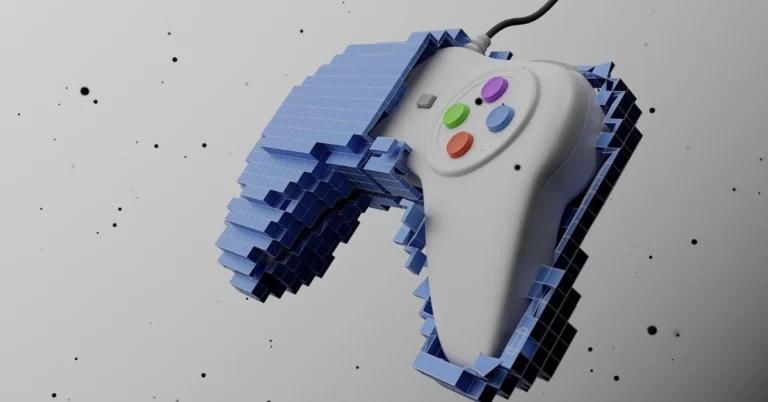Cracking the Vault Opener NYT Crossword Clue
The New York Times Crossword is one of the most popular and respected puzzles in the world. It has been a favorite of word enthusiasts for decades. Known for its clever clues and tricky solutions, it offers both fun and a mental workout.
Many solvers are drawn to the NYT Crossword for its blend of challenge and creativity. Each puzzle is a test of vocabulary, logic, and sometimes even cultural knowledge. Some clues, like the infamous “Vault Opener,” stand out because of their unique and tricky nature.
The beauty of the NYT Crossword lies in its ability to make you think outside the box. A clue can have more than one meaning, making it both frustrating and exciting. Understanding these clues is key to improving your solving skills and enjoying the process.
“Vault Opener” is an excellent example of a clue that makes solvers pause and think. It could refer to a literal object, like a “KEY,” or a more abstract concept, like a “CODE.” This type of clue challenges you to consider multiple possibilities.
For beginners, clues like this may seem intimidating. However, with practice and the right strategies, solving them becomes easier. This blog will help you understand how to decode challenging crossword solutions and improve your crossword-solving skills.
Whether you’re a seasoned solver or just starting out, learning to tackle tricky crossword clues is part of the fun. By the end of this post, you’ll feel more confident facing even the toughest puzzles.
| Aspect | Fact/Detail | Figure |
|---|
| Popularity of NYT Crossword | One of the most popular and respected puzzles globally, enjoyed by a wide audience from casual solvers to enthusiasts. | Millions of solvers, widespread popularity in newspapers, and online platforms. |
| First NYT Crossword Puzzle | The first puzzle was published on February 15, 1942, during World War II, designed as an escape for readers during tough times. | First puzzle published on February 15, 1942. |
| Types of Clues | Crossword clues can be literal or figurative, involving wordplay, double meanings, and puns. | Common clue solutions: KEY, CODE, LEVER, JUMP. |
| Example of Challenging Clue | Clue like “Vault Opener” can refer to multiple meanings: KEY (literal), CODE (digital), LEVER (tool), or JUMP (action). | Multiple possible answers depending on interpretation. |
| Strategies for Solving Puzzles | Known letters, considering multiple meanings, wordplay, and context from the puzzle theme help solve clues. | Solutions depend on the solver’s ability to break down words and clues systematically. |
| Crossword Themes | Many NYT puzzles feature themes, adding cohesiveness and making solving more engaging. | Examples include banking, pop culture, and other relevant themes. |
| Significance of Crossword Themes | Themes make solving easier by linking clues and providing context. | Puzzle themes like banking or sports make solving easier by guiding solvers toward related answers. |
| NYT Crossword Editor | Will Shortz has been the editor since 1993, ensuring puzzles are fair, challenging, and fun. | Will Shortz has overseen the NYT Crossword since 1993. |
| Popular Puzzle Day | The Sunday NYT Crossword is the largest and considered the most challenging. | The Sunday crossword is regarded as the most difficult and most anticipated puzzle of the week. |
| Wordplay | The crossword often includes wordplay such as anagrams, puns, and hidden meanings. | Common clues with wordplay: “It might go over your head” leads to “HAT.” |
| Evolution of Clues | Early puzzles were straightforward, but modern clues include slang, pop culture, and clever wordplay. | Clues today reflect modern language trends and culture. |
| Puzzle Format | NYT Crosswords feature a mix of easy, medium, and difficult puzzles, with the difficulty increasing through the week. | Monday’s puzzle is easiest, while the Sunday crossword is the hardest. |
| Improving Crossword Skills | Regular practice, using known letters, thinking about multiple meanings, and analyzing wordplay help improve skills. | Strategies include breaking down clues, analyzing wordplay, and looking for hints from crossing words. |
| Crossword’s Educational Value | Crosswords improve vocabulary, logic, and problem-solving skills by encouraging thinking outside the box. | Solving crosswords enhances critical thinking and language skills. |
| Use of Online Tools | Online tools like crossword solvers can assist, but solving on your own enhances the experience and learning. | Tools like crossword solvers and clue databases are available online, but should be used sparingly. |
Decoding Challenging Clues in Crossword Puzzles
Crossword clues are classic examples of how puzzles play with words. They can mean different things depending on the context. Let’s break down how to approach such tricky clues step by step.
What Does a Clue Like This Mean?
At first glance, a clue like this seems straightforward. It might suggest something that physically opens something secure, like a key or a lever. But in crosswords, clues are rarely that simple.
Words in crossword clues can have multiple meanings. For instance, “vault” could mean a bank vault, a leap, or even a type of ceiling. The key to solving is figuring out which meaning fits the puzzle.
Common Solutions for Similar Clues
Some of the most common answers for challenging crossword solutions include:
- KEY: A literal object for unlocking.
- CODE: Often associated with unlocking a safe or digital access.
- LEVER: A tool used to open something heavy or locked.
If the clue is more abstract, the answer might involve an action, such as “JUMP” if “vault” refers to leaping. Always consider the number of letters in the answer and any crossing words you’ve solved.
Why These Clues Are Tricky
What makes these clues challenging is their versatility. They force you to think about different meanings of the same word. You also need to decide if the clue is asking for a noun, verb, or something else entirely.
By understanding how such clues work, you can start solving similar ones with more confidence. Stay flexible in your thinking and explore all possible interpretations.
Strategies for Solving Tough Crossword Clues
Crossword puzzles are designed to challenge your brain. Here are some effective strategies to help you crack even the most confusing clues.
Use Known Letters as Clues
Start by looking at the letters you’ve already filled in from other answers. These can give you a strong hint about the correct solution. For example, if the first letter is “C,” it might point to “CODE.”
Check the number of spaces for the answer. This helps eliminate possibilities that don’t fit. If you’re unsure, write down potential answers and see how they connect to the rest of the puzzle.
Think About Multiple Meanings
Crossword clues often play with double meanings. For instance, a word like “vault” could mean a physical structure or an action. Considering all possible interpretations is key.
Ask yourself if the clue is literal or figurative. A clue might seem straightforward but could involve a pun or metaphor.
Recognize Wordplay
Many crosswords use wordplay, such as anagrams, puns, or hidden meanings. If a clue seems unusual, consider whether it’s playing with language.
Break the clue into parts and analyze each one. Sometimes, the answer is hidden in how the words relate to each other.
Use Context from the Puzzle Theme
Crosswords often have themes that tie clues and answers together. For example, if the puzzle’s theme involves banking, clues might relate to safes, locks, or keys.
Pay attention to the theme, as it can offer subtle hints about tricky answers. The theme often acts as a guiding thread throughout the puzzle.
Step Away if You’re Stuck
Sometimes, the best way to solve a tough clue is to take a break. Moving on to other parts of the puzzle can give you fresh insight when you return.
Remember, solving crosswords is about enjoying the process. Even the toughest puzzles become manageable with practice and persistence.
Fun Facts and Trivia About Crossword Puzzles
The New York Times Crossword is more than just a puzzle; it’s a piece of history and culture. Here are some fun facts and trivia about what makes it so special.
The NYT Crossword Began During World War II
The first puzzle appeared on February 15, 1942. It was created to provide readers with a light-hearted escape during difficult times. Today, it’s a beloved tradition for millions.
Fun fact: The Sunday crossword is the largest and often considered the most challenging. It’s a favorite among seasoned solvers.
Themes Add an Extra Layer of Fun
Many puzzles include themes that tie the clues together. For example, a puzzle about banking might feature clues related to safes, locks, or combinations. Themes make solving more engaging and cohesive.
Paying attention to the theme can help you solve difficult clues faster. It’s like a hidden guide running through the puzzle.
Wordplay Is a Signature Feature
Some of the most famous NYT clues involve puns or anagrams. For example, a clue like “It might go over your head” could lead to the answer “HAT.” These playful twists are part of what makes the puzzle so rewarding.
Clues Have Evolved Over Time
Early crossword puzzles focused on straightforward, factual clues. Modern puzzles, however, include pop culture references, slang, and clever wordplay. This keeps the puzzles fresh and relevant.
Today’s puzzles reflect current trends, making them a snapshot of modern language and culture.
Editors Shape the Final Puzzle
Will Shortz, the NYT Crossword editor since 1993, ensures each puzzle is fair, challenging, and fun. Editors work with constructors to refine the clues and answers.
This attention to detail is why the NYT Crossword remains the gold standard for puzzles.
Conclusion
The New York Times Crossword is a staple in the world of word puzzles, celebrated for its ability to challenge both novice and expert solvers alike. Whether you’re deciphering tricky clues or enjoying the clever wordplay, the journey of solving is always rewarding. As you encounter clues with multiple meanings or unexpected twists, remember that practice and patience are key to mastering the art of crossword solving. With each puzzle, you sharpen your vocabulary, critical thinking, and problem-solving skills, making every completed puzzle a victory. Embrace the challenge, and let the NYT Crossword continue to provide both entertainment and mental exercise!
FAQs
What makes the NYT Crossword so popular?
The NYT Crossword is popular due to its blend of creativity, challenge, and cultural relevance. It appeals to a wide range of solvers, from casual participants to hardcore puzzle enthusiasts, offering puzzles that require not only word knowledge but also critical thinking and problem-solving skills.
How do I improve my crossword-solving skills?
Start by solving puzzles regularly. Use the known letters from completed clues as hints, consider multiple meanings for ambiguous words, and think about possible wordplay. Additionally, focus on crossword themes, as they can often provide context for solving tricky clues.
Are crossword clues always literal?
No, crossword clues often use wordplay, double meanings, and figurative language. Some clues can be metaphorical, requiring solvers to think outside the box. Understanding this will help you approach clues with an open mind.
What is the significance of crossword themes?
Themes add an extra layer of fun to the puzzle. They connect certain clues and answers, helping solvers see patterns that may otherwise be hard to spot. Recognizing the theme can often make solving the puzzle easier.
How can I solve more difficult crossword puzzles?
For more challenging puzzles, focus on strategies like using the crossing words to provide letter hints, considering multiple meanings of a clue, and stepping away for a fresh perspective if you get stuck. Consistency and practice will help you get better over time.
Can I use online tools to help solve crosswords?
Yes, many solvers use online crossword solvers or clue databases for help. However, for the most rewarding experience, try solving on your own first, and use tools sparingly to enhance your learning when needed.



